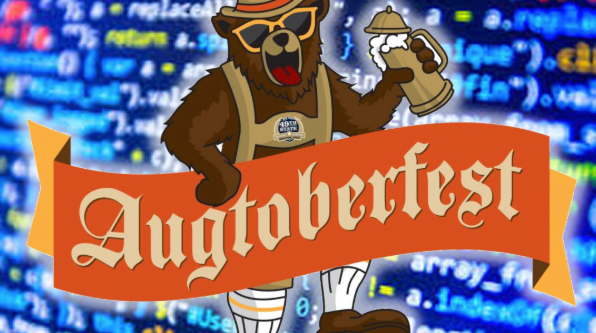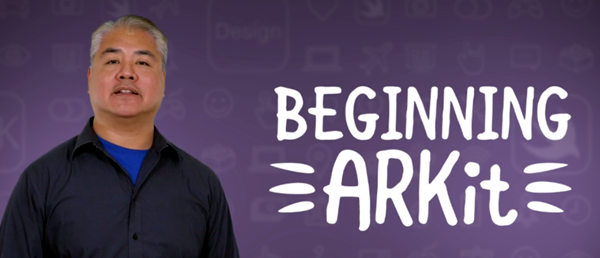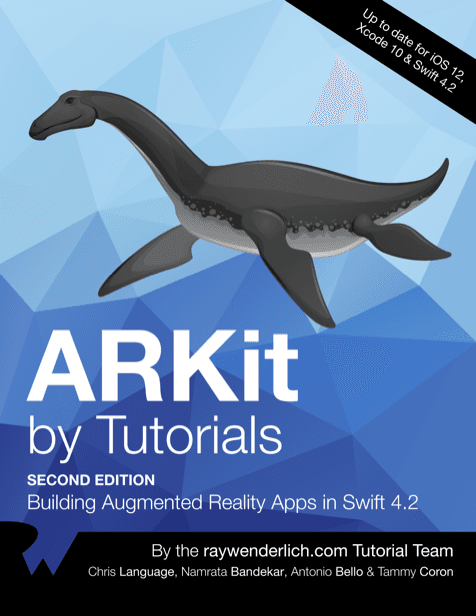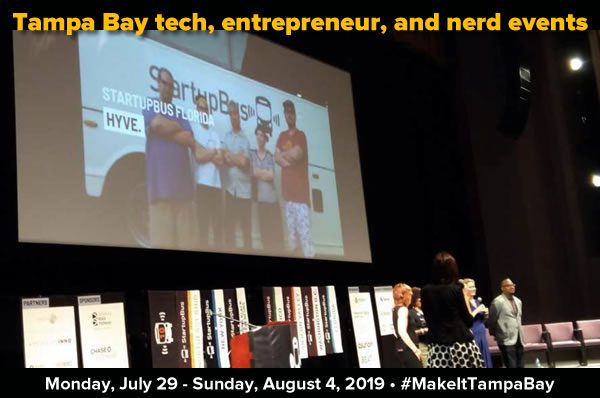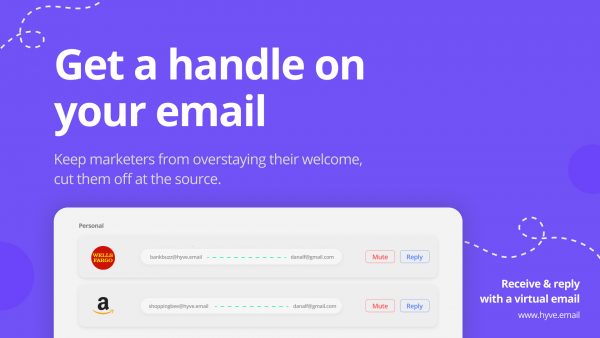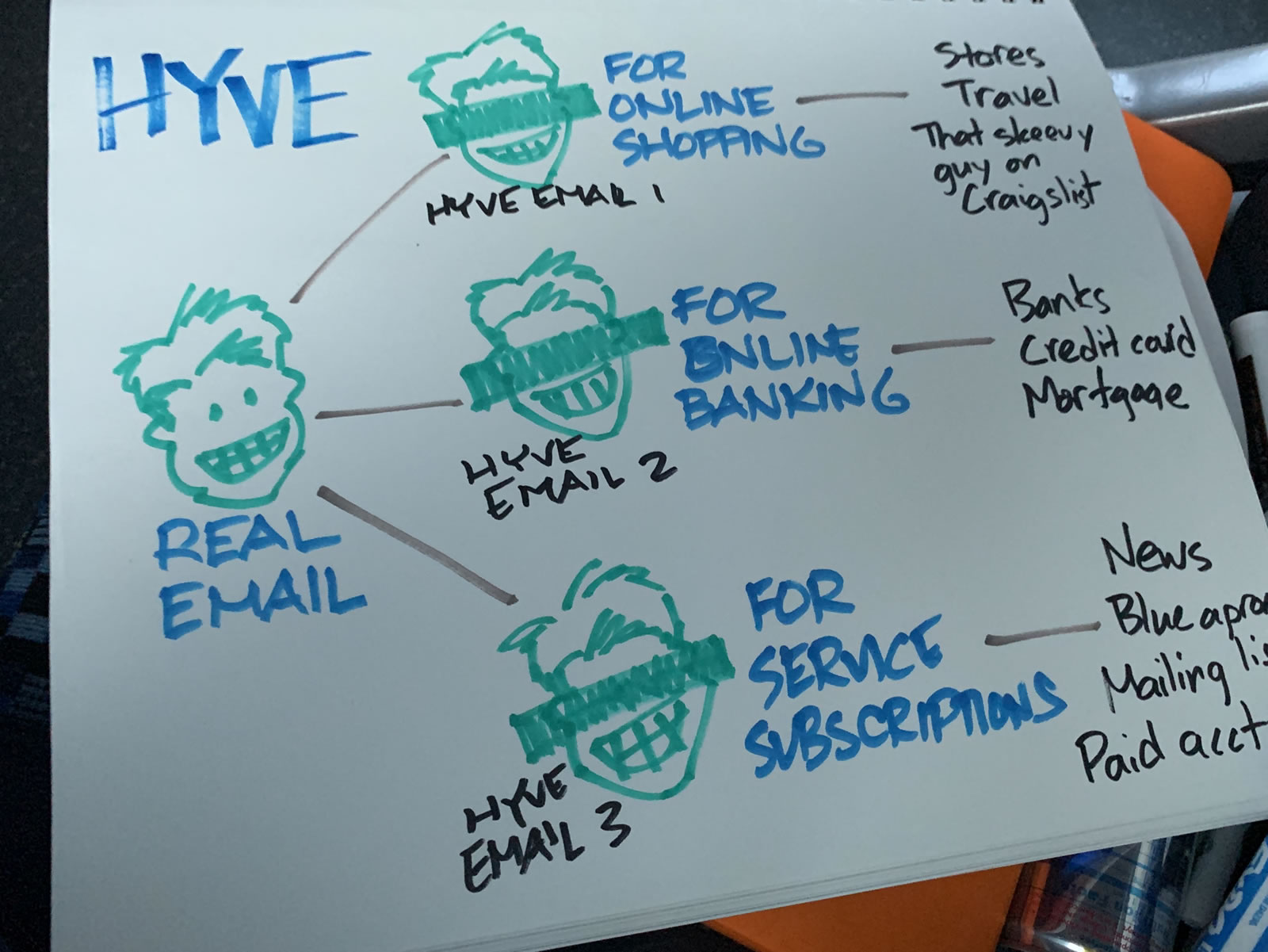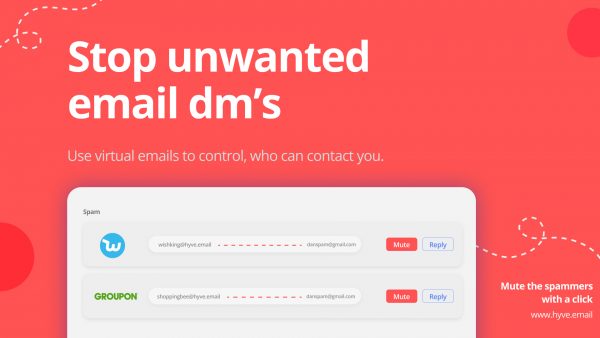
Every week, I compile a list of events for developers, technologists, tech entrepreneurs, and nerds in and around the Tampa Bay area. We’ve got a lot of events going on this week, and here they are!
This weekly list is posted as a voluntary service to the Tampa tech community. With the notable exceptions of Tampa iOS Meetup and Coders, Creatives and Craft Beer — both of which I run — most of this information comes from Meetup.com, EventBrite, and other local event announcement sites. I can’t guarantee the accuracy of the dates and times listed here; if you want to be absolutely sure that the event you’re interested in is actually taking place, please contact the organizers!
Monday, August 5
- cYbor Security Meetup — Movie Monday @ The Undercroft, 6:00 PM to 8:00 PM
- America’s TriviAddiction — ROOKIES SPORTS BAR – SPRING HILL – LIVE TEAM TRIVIA !!! @ 6:00 PM to 8:00 PM
- America’s TriviAddiction — 3 DAUGHTERS BREWING – ST. PETERSBURG – LIVE TEAM TRIVIA @ 7:00 PM to 9:00 PM
- Florida Center for Creative Photography — FREE Lightroom Class at Ross Norton Community Center — Class 1 of 8 @ Ross Norton Recreation Complex, 6:30 PM to 8:30 PM
- Cool ‘n Confident Toastmasters @ SPC – St. Petersburg/Gibbs Campus, 6:30 PM to 8:00 PM
- South Tampa Toastmasters @ Unity of Tampa, 7:00 PM to 8:15 PM
- CreatorsBurg! – St. Pete Videography & Photography Community — St. Pete Creatives Meetup! @ Pour Taproom St. Pete, 7:00 PM to 9:00 PM
Tuesday, August 6
- Coffee & Photography Meeting @ The Portico, 9:00 AM to 11:00 AM
- Young Professionals of Tampa Bay Networking Group — Carrollwood Networking Lunch McAllisters Deli @ McAlister’s Deli, 11:30 AM to 1:00 PM
- Westshore Toastmasters @ FIVE Labs, 12:00 PM to 1:00 PM
- Brandon Boardgamers – Tuesday Night Gaming @ Cool Stuff Games, 5:00 PM to 8:00 PM
- Tampa Hackerspace member meeting @ Tampa Hackerspace, 6:00 PM to 7:00 PM
- WordPress St. Petersburg — Ask Us Anything: WordPress Support Crowdsourcing Meetup @ Suncoast Developers Guild, 6:30 PM to 8:30 PM
- Tampa Bay PHP — Understanding Laravel Collections @ Sourcetoad, 6:30 PM to 8:30 PM
- America’s TriviAddiction — WESTSHORE PIZZA – BELLEAIR BLUFFS – LIVE TEAM TRIVIA !!! @ 6:30 PM to 8:30 PM
- West Pasco Toastmasters @ West Pasco Board of Realtors, 6:30 PM to 8:00 PM
- Game Club Tampa Meetup — Tuesday Nite Roleplayers (RPGs) [Full] @ Grand Arena of Mind Expansion, 6:30 PM to 10:30 PM
- Clearwater Writers Meetup Group — Clearwater Writers Meet-Up @ 7:00 PM to 10:00 PM
- St. Pete Beers ‘n Board Games Meetup for Young Adults @ Flying Boat Brewing Company, 7:00 PM to 10:00 PM
- St. Pete .NET Meetup — Ditching JavaScript and Blazing Forward with Clayton Hunt @ Bank of the Ozark’s Innovation Lab, 7:00 PM to 9:00 PM
- Tampa Bay Bitcoin — Trading Tuesday! @ Tampa Bay Wave, 7:00 PM to 9:00 PM
- Suncoast Toastmasters Weekly Meeting @ Trinity Presbyterian Church, 7:00 PM to 8:30 PM
- America’s TriviAddiction — DAIQUIRI SHAK RAW BAR & GRILL – MADEIRA BEACH – LIVE TEAM TRIVIA @ 8:00 PM to 10:00 PM
Wednesday, August 7
- Young Professionals of Tampa Bay Networking Group — Downtown St Pete Networking @ The Hangar, 7:30 AM to 9:00 AM
- Open/FREE Coworking for Latino Tech Entrepreneurs @ FirstWaVE Venture Center, 8:00 AM to 11:00 AM
- One Million Cups St. Pete — ChatFortress.com and Call A Ride @ St. Petersburg Greenhouse, 9:00 AM
- One Million Cups Tampa — Confident Me Health Care Centers and NOMADstudio @ Entrepreneur Collaborative Center, 9:00 AM
- Florida Center for Creative Photography — Shoot Inside the Historic Tampa Theatre @ Tampa Theatre, 10:00 AM to 12:00 PM
- Website Builders for Your Business @ Entrepreneur Collaborative Center, 10:30 AM to 12:00 PM
- Young Professionals of Tampa Bay Networking Group — Bernini of Ybor Lunch Networking @ Bernini (innovative italian cuisine), 11:30 AM to 1:00 PM
- Florida Southern College Toastmasters @ Florida Southern College, 5:00 PM to 6:00 PM
- Brooksville writers group Meetup @ The Rising Sun Bistro, 5:30 PM to 7:30 PM
- Tampa Bay Business Intelligence and Data Analytics — Monthly Meeting @ AgileThought, Inc, 6:00 PM to 8:00 PM
- Tampa Bay Scrum Masters Guild @ Tech Data Building (16202 Bay Vista Dr), 6:00 PM to 8:00 PM
- Entrepreneur Social Club @ NOVA 535, 6:00 PM
- InfoSec N’ Brews – Tampa Bay — Hangout @ Big Storm Brewery, 6:00 PM to 8:00 PM
- Tampa Bay Microservices Architecture Meetup — Service Mesh and Microservices @ Vigo and Alessi Cucina, 6:15 PM to 8:30 PM
- Tampa Artificial Intelligence Meetup — Topic TBD @ Entrepreneur Collaborative Center, 6:30 PM to 8:00 PM
- Learn to Code | Thinkful Tampa — Free Crash Course | HTML & CSS @ Tampa Bay Wave, 6:30 PM to 8:00 PM
- Crypto Investors Club (5 STAR RATED) @ Hawthorne Bottle Shoppe, 6:30 PM to 8:30 PM
- Tampa Writers Alliance — Dive Deep into Viewpoint with Lorin Oberweger @ Barnes & Noble Carrollwood, 6:30 PM to 8:30 PM
- St Pete SEO and Content Enthusiasts — Using Content for Local SEO Dominance @ The Symphony Agency, 6:30 PM to 8:30 PM
- Laser Cutter Orientation @ Tampa Hackerspace, 7:00 PM to 9:00 PM
- Women in Linux — Understanding Linux @ 7:00 PM to 9:00 PM
- Carrollwood Toastmasters @ Carrollwood Toastmasters, 7:00 PM to 8:30 PM
- Tampa Bay Blockchain Group — Bitcoin Cash @ 81Bay Brewing Company, 7:00 PM to 9:00 PM
Thursday, August 8
- Tampa Bay Connections — MELLOW MUSHROOM THURSDAY’S NETWORKING LUNCH @ Mellow Mushroom, 11:30 AM to 1:00 PM
- Entrepreneurs & Startups – Bradenton Networking & Education — My Journey to Investor and Changing the Florida Investment Landscape @ Station 2 Innovation Center, 5:30 PM to 7:30 PM
- Tampa Bay Azure User Group — Cloud Application Survival on Azure @ New Horizons Computer Learning Center, 5:45 PM to 8:00 PM
- Blockchain Meets Business: The past, present, and future of blockchain technology @ Renaissance Hotel, International Plaza, 6:00 PM to 9:00 PM
- Tampa Sisense Meetup — Sisense Customer Meetup @ 2950 Busch Lake Blvd, 6:00 PM to 8:00 PM
- Suncoast Developers Guild — Free Crash Course – Kubernetes 101 @ Suncoast Developers Guild, 6:00 PM to 9:00 PM
- Learn Cybersecurity Tampa — Beginner’s Intro to Capture The Flag @ SecureSet, 6:00 PM to 8:00 PM
- Lean Beer for All Things Agile (St Petersburg) @ Pour Tap Room, 6:00 PM to 7:30 PM
- Brandon and Seffner area D&D Meetup — 1st ed AD&D Barrowmaze Campaign @ 6:00 PM to 10:00 PM
- Masterminds Tampa — The Past, Present and Future of Blockchain and Cryptocurrencies @ 6:00 PM to 9:00 PM
- Front-End Design Meetup — Designed for Success: Reducing Churn with Collaborative Design Practices @ Suncoast Developers Guild, 6:30 PM to 8:30 PM
- Books, Brews, and Bags! — August – Miracle Creek @ Mad Beach Craft Brewing Company, 7:00 PM to 10:00 PM
- Lutz Indie Video and Film Creator’s Group — Table Read @ 7:00 PM to 9:00 PM
- Stocks Options & Charts @ 7:00 PM to 9:00 PM
Friday, August 9
- Lean Coffee for All Things Agile (St Petersburg / Tyrone) @ Panera, 7:30 AM to 8:30 AM
- Lean Coffee for All Things Agile (Waters Location) @ Panera Bread, 7:30 AM to 8:30 AM
- Trinity Odessa Toastmasters @ Holiday Inn Express Trinity, 8:00 AM to 9:00 AM
- Young Professionals of Tampa Bay Networking Group — Friday Business Introductions @ 3 C’s Catering, 11:30 AM to 1:00 PM
- Young Professionals of Tampa Bay Networking Group — Friday Business Introductions JOIN us All Welcome @ Cafe Delanie, 12:30 PM to 2:00 PM
- Books, Brews, and Bags! — Bookclub Movie Night! The Art of Racing in the Rain @ tba, pinellas county, fl, 7:00 PM to 9:00 PM
- Tampa Bay Young Professionals Group — Dinner and a Movie @ 7:00 PM to 11:00 PM
- MARS Astronomy Club Regular Monthly Meeting @ Perkins Restaurant, 7:30 PM to 9:00 PM
- Young Professionals Social Meetup Tampa-St. Pete-Sarasota — Escape Room (event limit: only 8 people) @ 2830 E Bearss Ave, 10:30 PM to 11:45 PM
Saturday, August 10
- Thriller Flash Mob St. Petersburg — Learn The Thriller Dance @ Ferg’s Sports Bar & Grill, 9:30 AM to 11:00 AM
- Brandon Drones & Filmmaking — Open Fly @ Prov Skate Park, 10:00 AM to 1:00 PM
- Aspiring Authors — Coffee&Writers Chat @ Panera Bread, 10:30 AM to 11:30 AM
- Nerd Night Out — NNO Book Club: Trail of Lightning @ Metro Diner, 1:00 PM to 3:00 PM
- Advanced Articulators Toastmasters Club @ Robert W. Saunders Sr. Public Library, 1:00 PM to 3:00 PM
- Tampa Bay Young Professionals Group — Can You Escape? @ 5:00 PM to 7:00 PM
- New Port Richey Casual Games and Fun Socializing Group! — C’mon Dine & Play Games at IHOP! US 19 near Sam’s Club @ 5:30 PM to 10:00 PM
- Geekocracy! — Florida Man Board game Party @ 7:00 PM to 11:45 PM
- Kakkoii-Otaku Clan — Scary Stories to Tell in the Dark – AMC Veterans @ 7:45 PM to 9:45 PM
- Geekocracy! — Korean bbq @Sa Ri one, 8:00 PM to 10:00 PM
Sunday, August 11
- Dunedin Beers & Board Games — SUNDAY! Beers and Board Games at Cueni Brewing in Dunedin @ Cueni Brewing Co., 4:00 PM to 10:00 PM
- Sew What? (Textile Arts & Crafts) @ Tampa Hackerspace, 5:30 PM to 8:30 PM
…and don’t forget what’s up next week:
Augtoberfest, the August edition of the Coders, Creatives, and Craft Beer meetup, which happens next Wednesday, August 14th at 6:30 p.m. at 7venth Sun Brewery in Tampa.
